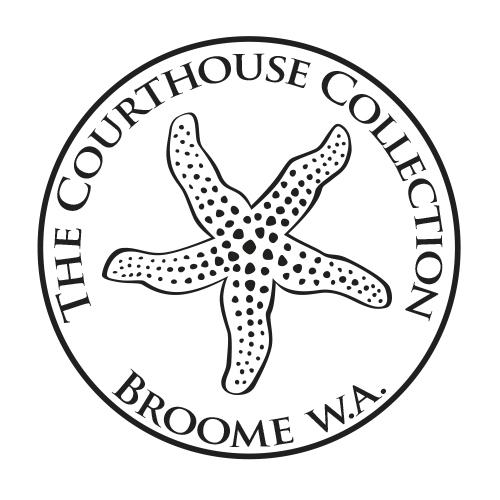History of Cultured Pearls
FIRST PEARLS
The first cultured pearls date back to the 5th century BC where in China carved objects of ceramic, clay or shell (often in the shape of a Buddha) were inserted into a mussel. This still goes on today.

As early as 500 BC the Chinese freshwater mussel was used for culturing Mabe Pearls. A technique that has not changed for centuries.
CARL VON LINNE
In 1761 Carl von Linne of Sweden invented a culturing technique in freshwater mussels using a T bar to hold the nucleus away from the shell. The technique was never commercially developed despite being granted a monopoly licence for production by King Adolf Fredrick.

1700s: Carl von Linne developed a pearl culturing technique that remained a secret for 144 years.
BROOME 1920s
Cultured pearling was also being developed in Broome in the 1920’s but the W.A. government amended the Pearling Act to prohibit production, selling, and even the possession of cultured pearls. The Act was repealed in 1949 and six years later in 1956 - the first successful cultured pearls were being grown at Kuri Bay, some 480km’s north of Broome.
COMMERCIAL SUCCESS
The seeding technique invented by Mise and Mikimoto is still used today in all saltwater cultured pearling around the world. The biggest impact of the cultured pearling success was that pearls were now affordable to all. Cultured pearling ultimately brought natural pearl fishing to an end.
In the 1930’s a European pearl syndicate sued Kokichi Mikimoto charging that his pearls were fakes. The court found that a cultured pearl is of exactly the same substance and colour as a natural pearl the only difference being that the nucleus was artificially, rather than naturally, introduced.
CULTURED FRESHWATER PEARLS
In Japan, tissue nucleation of Freshwater mussels started around 1914 and the modern day multiple tissue nucleation technique appeared in the 1950’s. Loose Cultured Freshwater pearls of any significance from China didn’t appear until the 1980’s. Over the last 30 years the size, lustre and shape of the Freshwater pearl has improved significantly and Freshwater pearls can no longer be dismissed as the poor cousin of the oyster pearl. They can now be found in top end jewellery houses such as Chanel, Tiffany’s, Autore to name just a few.

1900s: It was Tatsuhei Mise and Kokichi Mikimoto both of Japan, in around 1895 that perfected the technique of inserting a shell bead nucleus with a mantle tissue graft that proved commercially successful in producing loose pearls in oysters.

